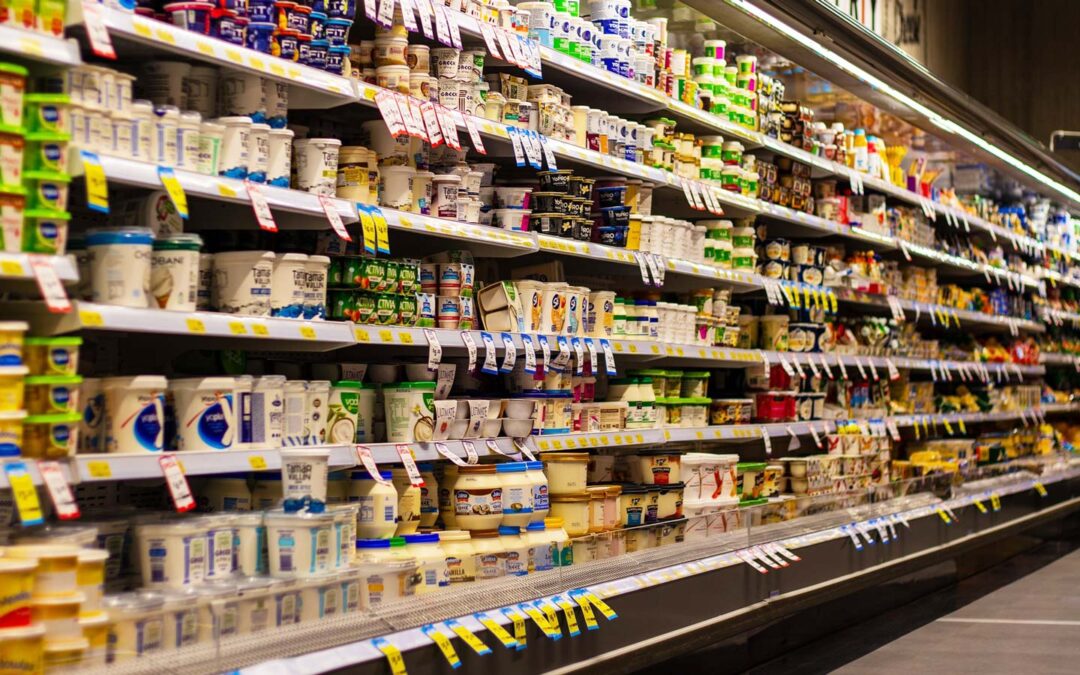The Protein Gap in the Coming Years: Challenges and Opportunities
The global demand for protein sources is steadily increasing, driven by population growth, changing dietary habits, and the growing trend towards a protein-rich diet. It is expected that the world population will reach the mark of 9 to 10 billion people by the year 2050.
While the average protein needs per person vary depending on age, gender, health status, and lifestyle, the World Health Organization (WHO) recommends a daily protein intake of about 0.8 grams per kilogram of body weight.
However, this increasing demand faces a limited availability of traditional protein sources. This imbalance between demand and supply is referred to as the “Protein Gap” and poses one of the most significant challenges in the coming years.
Challenges of the Protein Gap include:
Population Growth: With the constantly growing world population, the demand for protein-rich foods will exponentially rise. Traditional sources such as meat and fish, however, cannot be expanded indefinitely.
Environmental Impact of Animal Farming: Intensive animal farming has significant environmental effects, including greenhouse gas emissions, land use, and water consumption. Sustainable nutrition requires alternative protein sources that are more resource-efficient.
Limited Availability of Land and Water: Cultivating feed for livestock requires large amounts of arable land and water. Sustainable and efficient methods must be found to meet the increasing demand for meat.
The trend towards plant-based dietary habits has already begun transforming the food industry. Plant-based protein alternatives such as pea protein, soy protein, and legumes not only offer a more sustainable option but also bring health benefits.
In some regions of the world, insects are already part of the traditional diet. They are resource-efficient, requiring minimal space and water. The Western world is now beginning to explore insects as an innovative protein source.
The development of technologies for lab-grown meat production could reduce the need for traditional animal farming. This method is not only more sustainable but also has the potential to minimize the ecological footprint of meat production.
The Protein Gap in the coming years poses a significant challenge but also presents enormous opportunities for innovations and sustainable developments in the food industry. Plant-based proteins, insects, and lab-grown meat could contribute to meeting the rising demand for protein without excessively burdening the environment. It is crucial that research, industry, and consumers collaborate to promote innovative solutions and ensure a sustainable approach to the world’s protein needs.
EUROSOY, with its product lines VEGACON and VARIOPLANT, offers an excellent range for the production of plant-based alternatives as well as conventional foods. It is the primary contact for the European food industry regarding plant proteins.

